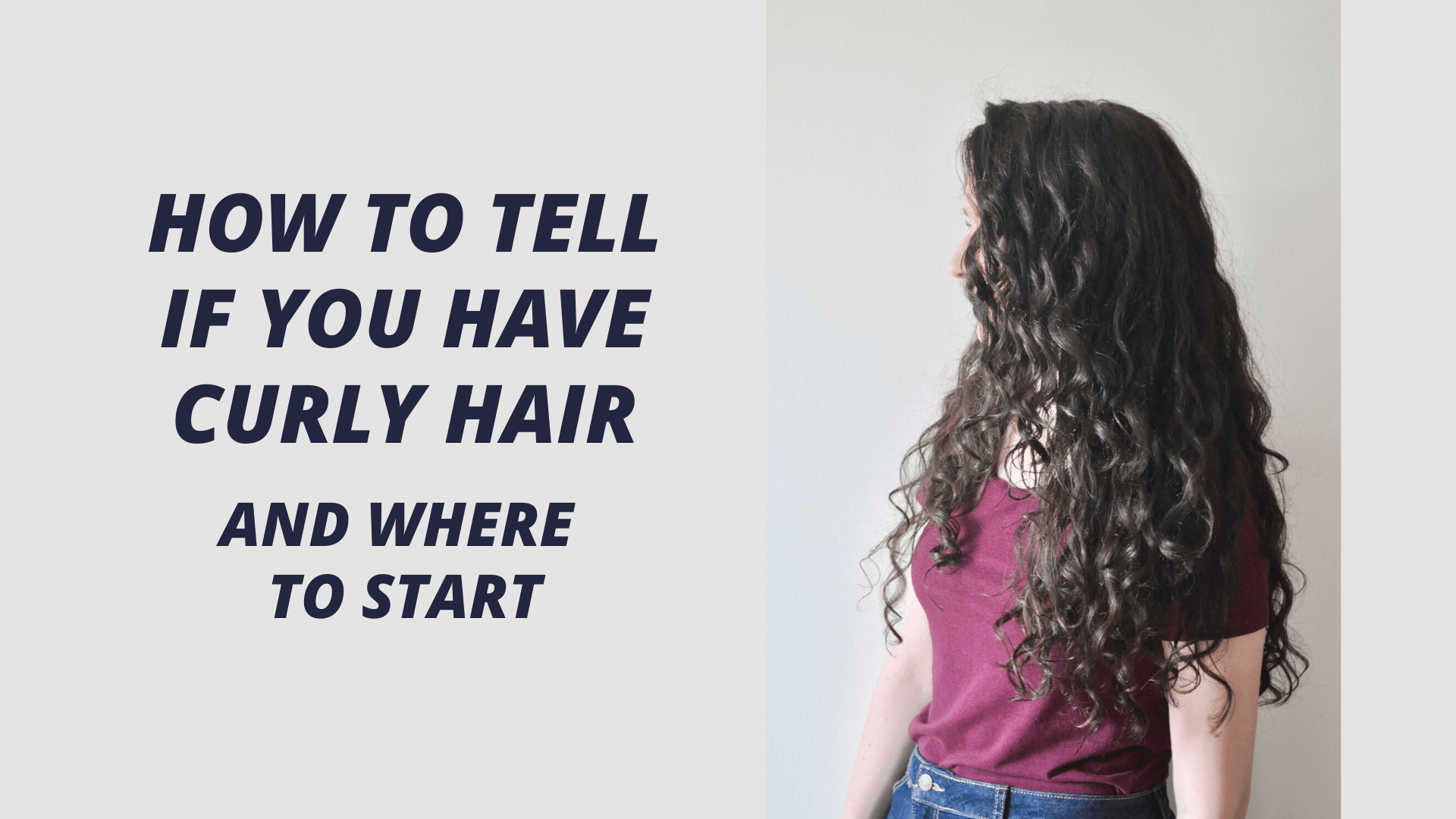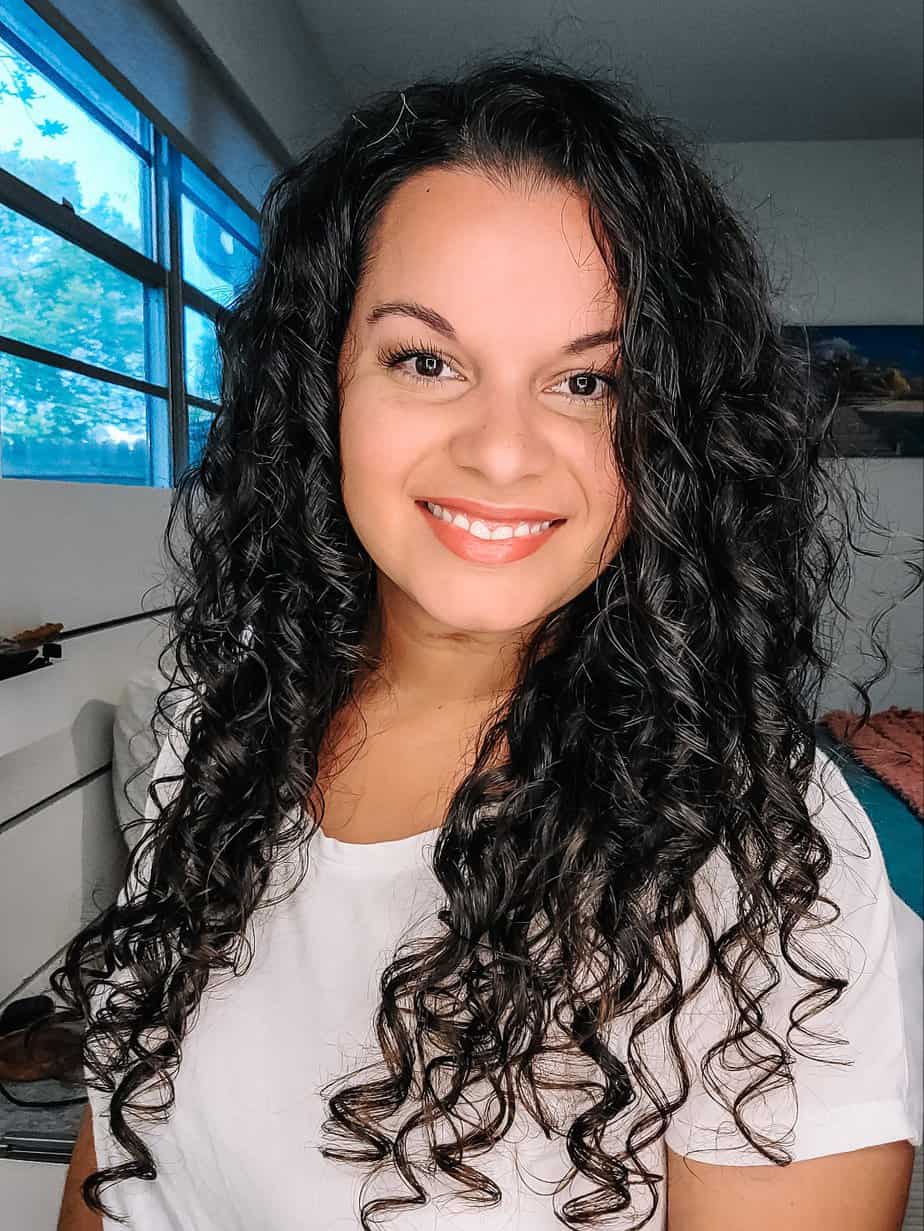Do you ever wonder if your hair falls under the curly category? Many people are unsure whether their hair texture qualifies as curly, and it's not always an easy question to answer. Curly hair comes in various shapes, textures, and patterns, making it unique to each individual. Understanding your hair type is essential for proper care, styling, and maintaining healthy locks.
In this article, we will explore how to identify curly hair, the different types of curls, and tips for managing and caring for curly hair. Whether you're unsure about your hair type or looking to embrace your curls, this guide will provide you with the knowledge you need.
Curly hair is often misunderstood, but with the right information, you can learn how to work with it and make the most of its natural beauty. Let’s dive into the world of curls and discover how to determine if you have curly hair.
Read also:Master The Art Of Grey Top Outfits Elevate Your Style Game
Table of Contents
- Understanding Curly Hair
- Types of Curly Hair
- How to Identify Curly Hair
- Factors Influencing Curly Hair
- Care Tips for Curly Hair
- Common Myths About Curly Hair
- How to Style Curly Hair
- Products for Curly Hair
- Curly Hair and Health
- Embracing Your Curly Hair
Understanding Curly Hair
Curly hair is a natural texture characterized by its wave-like or spiral patterns. It differs from straight hair due to the structure of the hair follicle and the way the hair grows. Curly hair tends to be more prone to dryness and frizz, which is why it requires specific care.
According to research published in the Journal of Cosmetic Science, curly hair has a unique protein composition that contributes to its elasticity and shape. Understanding these characteristics can help you determine if your hair falls into the curly category.
What Makes Hair Curly?
Several factors contribute to the formation of curly hair, including genetics, hair follicle shape, and the distribution of keratin proteins. People with curly hair often have an oval-shaped follicle, which causes the hair to grow in a curved pattern.
Types of Curly Hair
Curly hair is classified into different types based on its texture and pattern. The most widely accepted classification system is the Andre Walker Hair Typing System, which divides curly hair into four main categories: wavy (Type 2), curly (Type 3), coily (Type 4), and kinky (Type 4C).
Breaking Down the Curl Types
- Type 2 (Wavy): Hair with loose waves and a smooth texture.
- Type 3 (Curly): Hair with distinct S-shaped curls, ranging from tight to loose.
- Type 4 (Coily): Hair with tight, spring-like curls, often associated with natural Black hair.
- Type 4C (Kinky): Hair with a zigzag pattern, often very tightly coiled.
How to Identify Curly Hair
If you're unsure whether you have curly hair, there are several ways to determine your hair type. Start by washing your hair with a sulfate-free shampoo and conditioner, then let it air dry without applying any styling products. This will allow you to see your hair's natural texture.
Key Indicators of Curly Hair
Look for the following signs to identify if you have curly hair:
Read also:Cross Body Security Purse The Ultimate Guide To Stay Safe And Stylish
- Distinct S-shaped or Z-shaped patterns in your hair.
- A tendency to frizz when exposed to humidity.
- A natural bounce or volume when touched.
Factors Influencing Curly Hair
Several factors can influence the appearance and behavior of curly hair. These include environmental conditions, hair care routines, and the use of styling products. Understanding these factors can help you maintain healthy curls.
Impact of Humidity on Curly Hair
Humidity can significantly affect curly hair, causing it to frizz or lose definition. To combat this, many people with curly hair use products that provide moisture and reduce frizz. According to a study by the International Journal of Cosmetic Science, using a leave-in conditioner can help protect curls from humidity-related damage.
Care Tips for Curly Hair
Taking care of curly hair involves using the right products and techniques to enhance its natural beauty. Here are some tips for maintaining healthy curls:
Shampoo and Conditioning
Wash your hair with a sulfate-free shampoo and follow up with a moisturizing conditioner. Avoid over-washing, as this can strip your hair of its natural oils.
Detangling Techniques
Use a wide-tooth comb or your fingers to gently detangle your hair while it's wet. This will prevent breakage and maintain the integrity of your curls.
Common Myths About Curly Hair
There are several myths surrounding curly hair that can lead to improper care and styling. Let's debunk some of the most common ones:
Myth: Curly Hair Should Be Brushed Daily
Fact: Brushing curly hair daily can cause frizz and damage. Instead, use a detangling comb or your fingers to gently work through knots.
Myth: Curly Hair Doesn't Need Moisture
Fact: Curly hair is naturally prone to dryness, so regular hydration is essential for maintaining soft, defined curls.
How to Style Curly Hair
Styling curly hair requires a gentle approach to preserve its natural texture. Here are some techniques to enhance your curls:
Twist-Out Method
Divide your hair into sections and twist each section tightly. Allow the twists to dry completely before unraveling them for defined curls.
Braid-Out Method
Create braids in your damp hair and let them dry overnight. In the morning, undo the braids for a bouncy, voluminous look.
Products for Curly Hair
Choosing the right products is crucial for managing curly hair. Look for products specifically formulated for curly textures, such as curl-enhancing creams and leave-in conditioners.
Recommended Products
- Curl Enhancer: Adds definition and reduces frizz.
- Leave-In Conditioner: Provides moisture and protects against humidity.
- Anti-Frizz Serum: Smoothes flyaways and enhances shine.
Curly Hair and Health
The health of your curly hair depends on proper care and nutrition. Eating a balanced diet rich in vitamins and minerals can promote strong, healthy curls. Additionally, avoiding heat styling tools and chemical treatments can prevent damage.
Nutritional Tips for Curly Hair
Incorporate foods rich in omega-3 fatty acids, biotin, and vitamin E into your diet to support hair health. These nutrients contribute to stronger, more vibrant curls.
Embracing Your Curly Hair
Learning how to know if you have curly hair is just the first step in embracing your natural texture. By understanding your hair type and adopting the right care routine, you can celebrate the unique beauty of your curls.
Final Thoughts
Curly hair is a gift, and with the right knowledge and tools, you can enhance its natural qualities. Remember to be patient with your hair and experiment with different products and techniques to find what works best for you.
Kesimpulan
Knowing how to identify curly hair and understanding its unique characteristics is essential for proper care and styling. By following the tips and techniques outlined in this article, you can achieve healthy, defined curls that reflect your natural beauty.
We encourage you to share your experiences with curly hair in the comments below. Whether you have tips for managing frizz or recommendations for curl-enhancing products, your insights can help others on their curly hair journey. Don't forget to explore other articles on our site for more information on hair care and styling.



